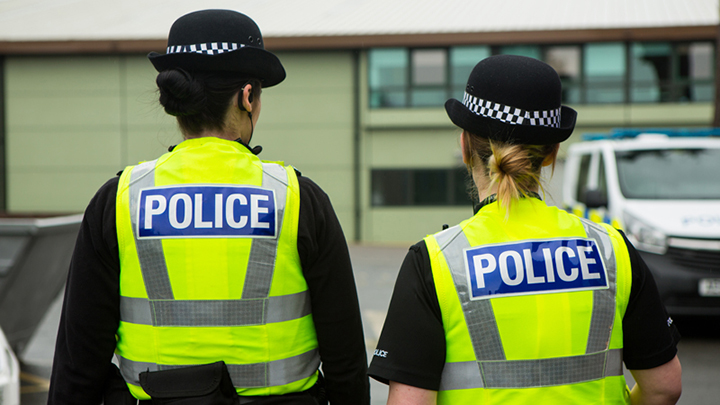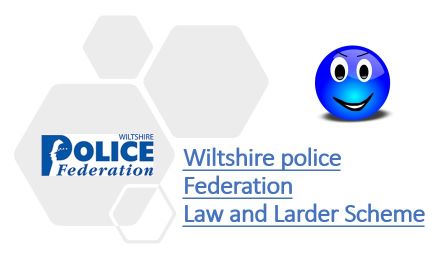Speeding accounted for more than a quarter of driving offences in Wiltshire last year – but the amount of drivers caught going too fast around the county was the lowest recorded in England and Wales.
Analysis of Home Office data by transport research charity RAC Foundation showed motorists were caught driving over the speed limit 807 times by Wiltshire Police in 2018/19.
This means that 27 per cent of the 3,008 motoring offences recorded over that year-long period were for speeding.
This was a much lower proportion than across England and Wales as a whole, where 84 per cent of the 2.8 million motoring infractions logged across the two nations were for speeding.
Steve Gooding of the RAC Foundation said: “The simple rule for drivers who don’t want to risk ending up with a speeding ticket is not to break the limit in the first place.
“Where limits are properly signposted, and clearly feel right for the road in question, then motorists have no excuse for going faster.
“But that means highway authorities also have a responsibility to make sure the limits they set are appropriate and to avoid instances where the limit repeatedly bounces up and down along a single stretch.”
All speed cameras were turned off in Wiltshire in 2010.
The number of speeding offences detected in Wiltshire in 2018/19 was 32 per cent lower than during the previous year, and 85 per cent less than in 2011-12.
In Wiltshire, 76 per cent of speeding offences in 2018/19 were dealt with by handing the driver a fine.
The next most common outcome was a speed awareness course (15 per cent), while 7 per cent resulted in court action and 1 per cent of offences were cancelled.
Across England and Wales, the 2.4 million offences recorded in 2018-19 represented a 4 per cent annual increase and a 37 per cent rise compared with seven years previously.
The analysis, which was carried out with Liverpool John Moores University, found that the number of drivers caught speeding varied widely across England and Wales.
While the lowest number of drivers were caught in Wiltshire, the figure stood at 182,000 in West Yorkshire.
Researchers suggested the disparity is partly due to road type, traffic volume and local policing priorities.
Department for Transport figures show 186 people were killed and 1,505 seriously injured in crashes on Britain’s roads in 2018 in which a vehicle exceeding the speed limit was a contributory factor.
















